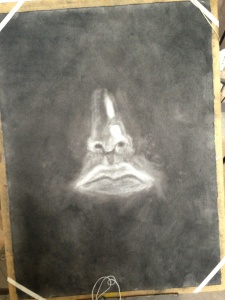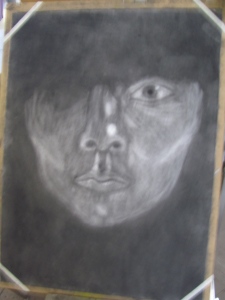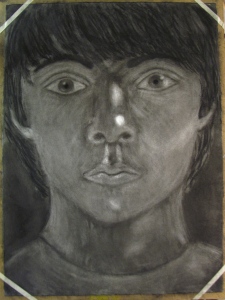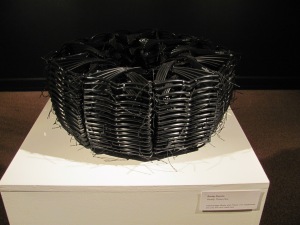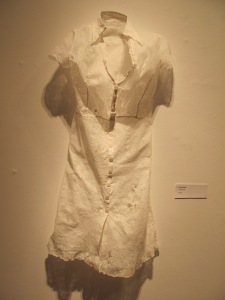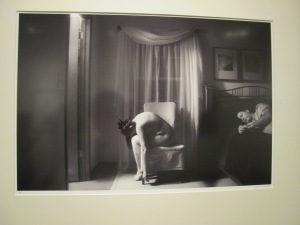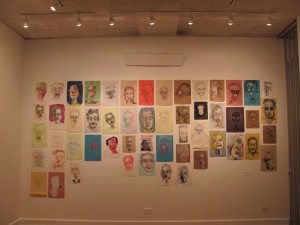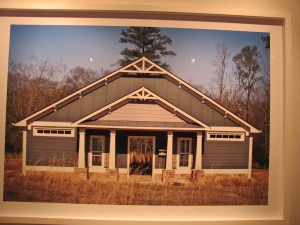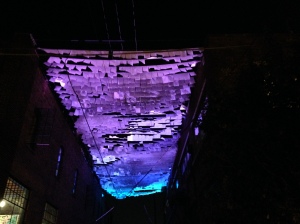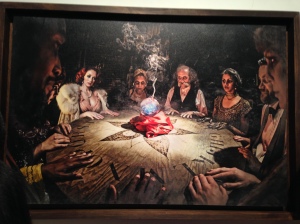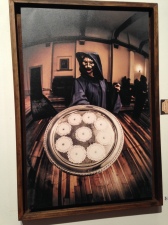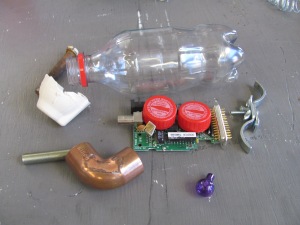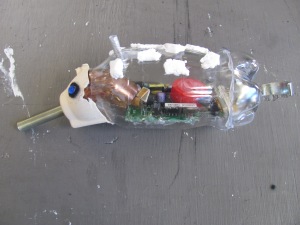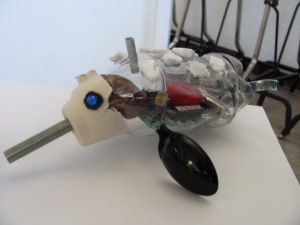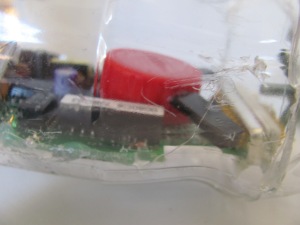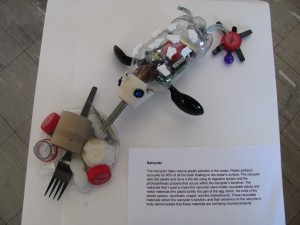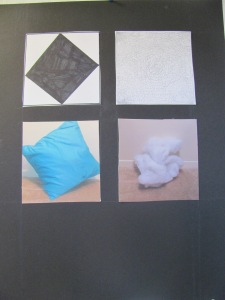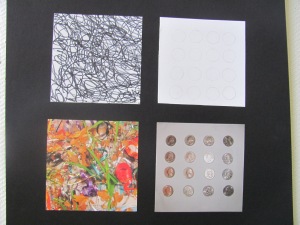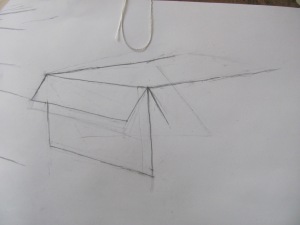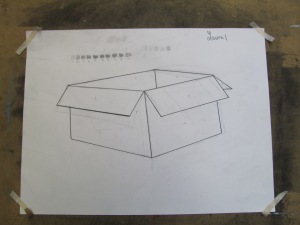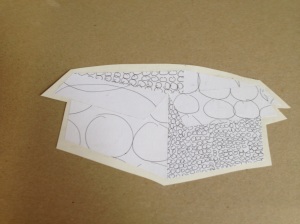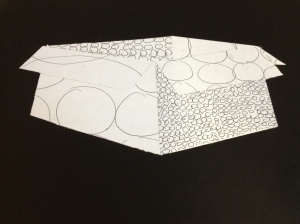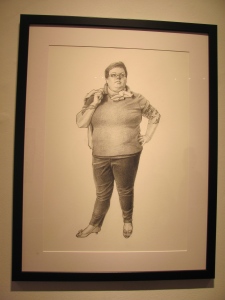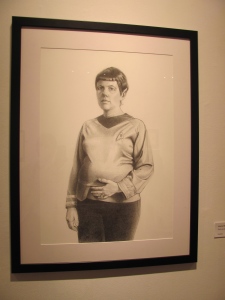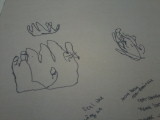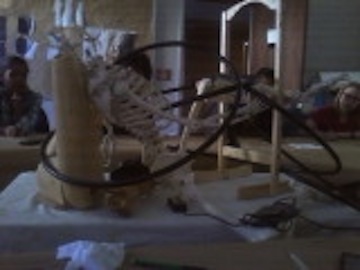This art project is definitely my favorite, I’ve also put so many hours into it! To create this self-portrait, I blacked out the paper with charcoal and used a rubber eraser to show the different shapes and areas of light on my face. I think it’s really interesting process to use a eraser to create art, I mean erasers usually delete things not create them! Honestly, everything was incredibly difficult for this project. Trying to create a proportional face while closing one eye was not an easy task. I also had difficulty to not idealize my features. I made my lips too big and my cheeks too small, and I had to spend many hours trying to make the lips look like my lips. After my project started coming together I saw that with those changes the self-portrait did start to look like me. I feel very proud of this project!
Overall, this visual thinking art class has taught me to really see and observe. I understand values of lightness and dark. I understand how to draw what I see and block out what I know. I have always attempted to try to draw real things before this class, and I would usually give up and decide to draw only cartoonish looking people and animals, but know that I know how to see and use string to help make things proportional, I think things will become much easier. I’ve also always felt that I couldn’t do art because I wasn’t great at drawing or painting so I’ve stayed away from art classes and college until now, and now I realize that I can make art, and that’s a great feeling. And to address this question: how does how you see effect how you think? I feel that I see things differently, I’m a better observer now and I’ve learned to fight my brain which sometimes tries to trick me into placing the importance of what I know over what I see.
